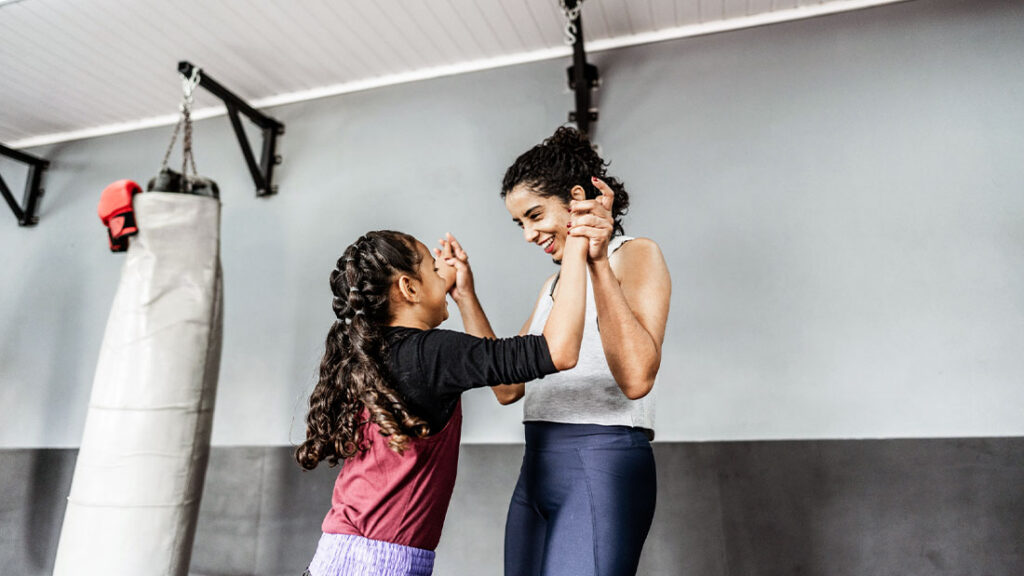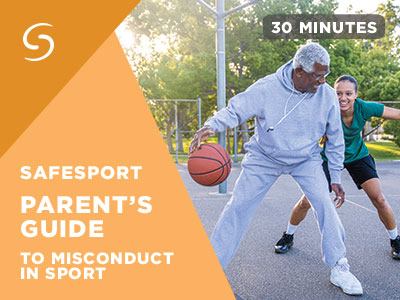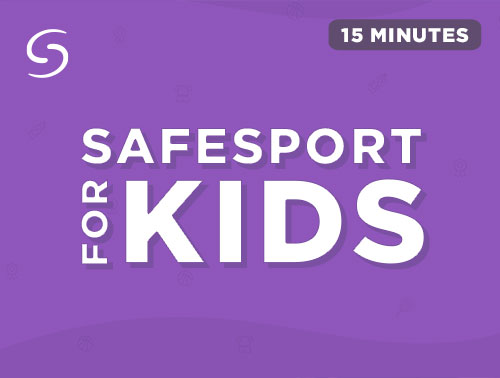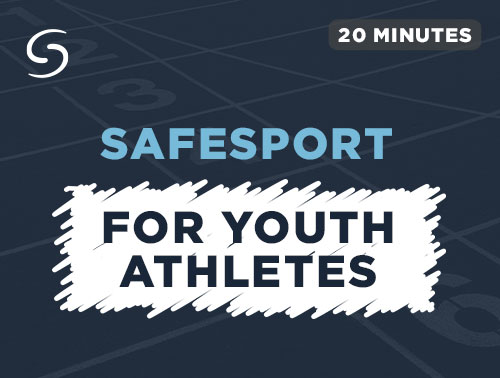Empower Your Family & Protect Your Kids in Sport
Tips for Parents & Guardians

Learn how to talk your kids and teens about preventing abuse in sport. Explore our three tips for parents and guardians.
Preventing abuse in sport is a community effort. It takes the awareness and attention of everyone, from coaches to parents to the athletes themselves.
This National Child Abuse Prevention Month, we encourage parents, guardians, and other adults who regularly interact with young athletes to take a moment and learn what you can do to protect the kids and teens in your life from misconduct and abuse—and empower them to speak up against it.
Below, we explore ways parents can get their kids involved and engaged in discussions about the importance of healthy and safe sport environments. Read on for three tips to help you start the conversation.
Tip 1: Get Educated
As a parent or guardian of a youth athlete, talking about abuse is the first step to preventing it. But you might be wondering, “Where do I start and what do I say?”
Our Parent’s Guide to Misconduct in Sport is a free 30-minute course designed to equip you with the tools and knowledge to create a safer sport environment for your children. By taking this course, you’ll also receive guidance on how to start the conversation and talk with your child or teen about important topics like recognizing abuse and speaking up if they feel uncomfortable or unsure.

This course will educate parents to understand:
- What makes a healthy coach-athlete relationship
- How to recognize forms of abuse and misconduct
- Ways to make sport situations safer
Tip 2: Encourage & Engage Kids
Everyone involved in sport should understand what abuse looks like and how to respond—including children. While young athletes shouldn’t be held responsible for addressing or reporting misconduct, they can still understand how to recognize and call out abuse if it happens.
In our free SafeSport® for Kids course, kids between the ages of 5-12 can spend 15 minutes sitting down with a parent or guardian to expand their knowledge. By working through interactive activities—such as a virtual basketball game where each example translates to a slam dunk—kids will learn what actions they can take to protect themselves and prevent abuse while also having fun.

This course will encourage kids to explore:
- What makes a positive sport experience
- Examples of healthy and unhealthy behavior in sport
- Their right to set and enforce boundaries
Tip 3: Empower Teens
Teenagers are rapidly growing and changing—and so is their sport environment. As they gain more independence and begin competing at a higher level, they often find themselves in new athletic spaces, like locker rooms or travel to an away meet, game, or event.
Use this opportunity to start the discussion about what a sport setting free from abuse looks and feels like. Our free online course SafeSport® for Youth Athletes (designed for teens between the ages of 13-17) can help you and your teen talk about their “rights” as a young athlete.

This course will empower teens to:
- Recognize abuse when it happens
- Help a friend who’s experienced abuse
- Speak up and report abuse and other bad behavior
Start the Conversation
Talking about preventing abuse with your child or teen should not be a single, long or awkward discussion. You should take time for regular check ins, like during the short drive to or from practice or at the start of a season.
Our free courses for kids and teens take just 15 to 20 minutes to complete. They are a great first step for kids feeling empowered to play a role in their own safety, and for parents learning how to support and encourage them.
This month, or any month, take a moment to learn more about how you can start talking to your kids about abuse and misconduct and explore our online courses for young athletes together.
